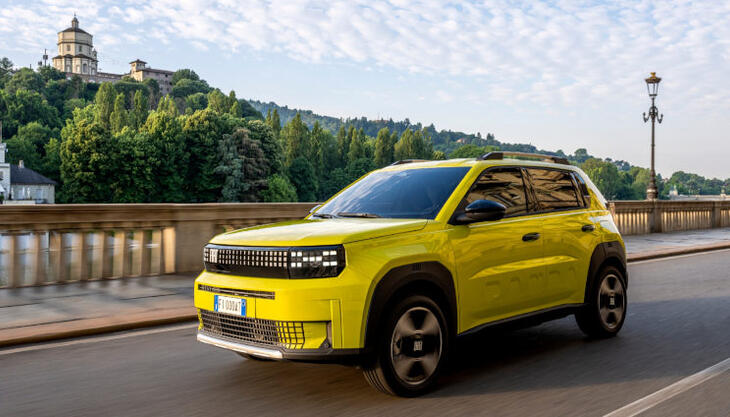Smart solutions for the mobility of tomorrow
In the smart vehicle of the future, human-machine interaction will become increasingly important. LEONHARD KURZ now presents concepts as well as components that combine advanced functionalities and appealing design.
 Design freedom beyond limits
Design freedom beyond limits
According to current studies, two thirds of all vehicles will be driving autonomously in 2035. The driver, who will then no longer have to concentrate on the road, will have much more time to spend on the interior of the car. The car will become a second living room, and should not only offer similar comfort, but also a homely ambience.
At this year’s FAKUMA trade fair, LEONHARD KURZ presented a concept component for the car interior which makes that possible. The Overhead Light Console (OHLC) convinces with a closed, continuous surface under which wafer-thin, 3D-shaped touch sensors are hidden. They can be used to control a wide range of functions, such as the sunroof or the reading lights. Shy Tech, day/night design, backlighting, and depth effects as well as various color variants and decors: The design freedom is almost limitless.
At the same time, CO2 emissions can be noticeably reduced because the roof lining console is manufactured using the efficient In-Mold Decoration process. Here, sensor integration and decoration take place in a single work step. In addition, the components manufactured and decorated in the IMD process, including the sensors and decorative layers, are recyclable. Last but not least, depending on customer requirements, recyclate can be used in component production.
 HMI: think smart, steer smart
HMI: think smart, steer smart
A highlight from KURZ’s current automotive series production is the HMI steering wheel which enables a wide range of functionalities, completely without the need for controllers and buttons. The car interior component demonstrates a future-oriented concept that can already be realized today. At first glance, the driver sees a homogeneous, elegant, and high-gloss surface. When touched, the Shy Tech technology used reveals what is inside this HMI panel for the steering wheel:
- Controls such as the volume control become visible, and their operability is intuitive. Wafer-thin touch sensors are used to enable different functions
- Logos become an aesthetic design element
- Eye-catching lighting design further emphasizes the brand
- Various functionalities, such as haptic feedback, can be individually integrated
- Last but not least, the steering wheel is scratch-resistant, robust and easy to clean
At this year’s FAKUMA trade fair, LEONHARD KURZ also demonstrated further innovative HMI components such as the award-winning dashboard panel with multiple integrated touch sensors. Find out more about
KURZ’s pioneering HMI and automotive design solutions and secure your future competitive advantage today!



















